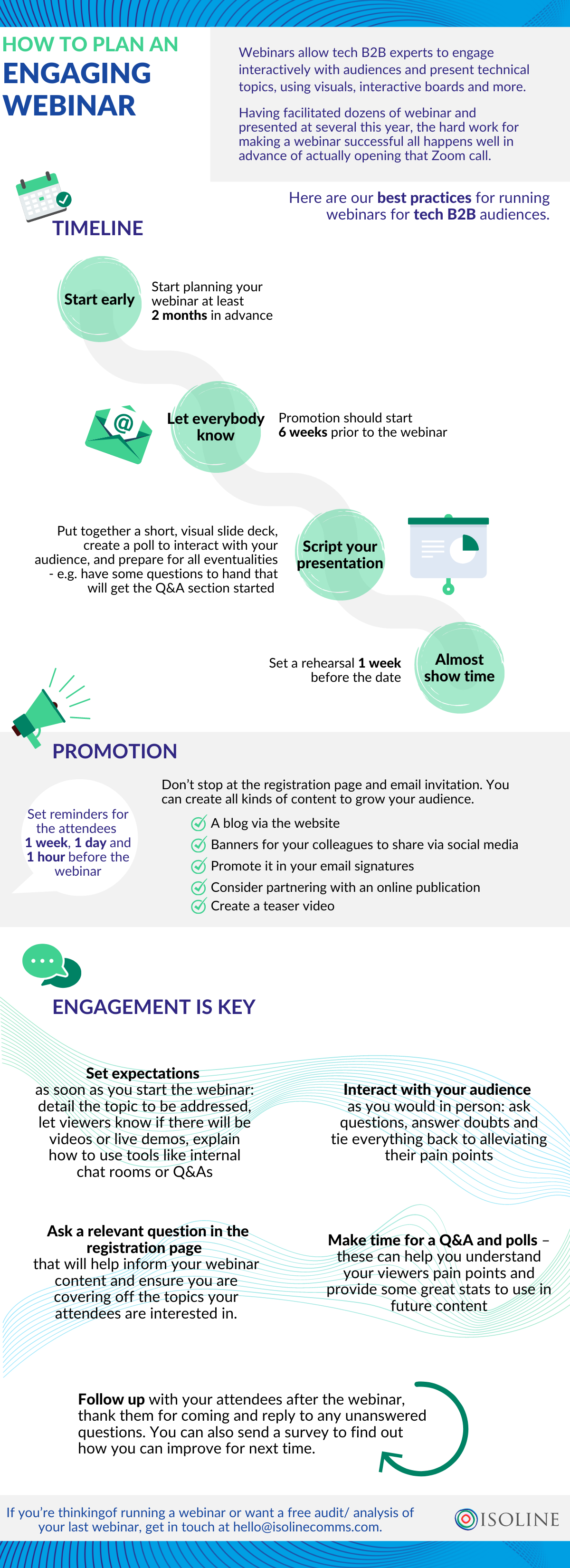Pandemic-related lockdowns and travel restrictions have meant that for tech B2B marketers, in-person events and meetings are curtailed, so it’s unsurprising that webinars are on the rise. However, this is not a momentary trend. Interactive video content was increasing in popularity well before the lockdowns of 2020.
In our tech B2B buyer survey at the end of 2019, video not only came out top as the most useful content type – preferred by 53% of respondents over blogs, white papers and more. It was also voted the most likely to be shared by 63% of respondents. And sharable content is key for content marketing and social media strategies – take a read of our infographic to find out more.
The webinar is – at its very essence – a form of interactive video content, highly preferred in tech B2B content marketing. This versatile form of content works its best for educational purposes, such as demonstrations and tutorials, informative discussions on emerging topics or product and service ‘how-tos’. But, it can also add some magic to the top of the sales funnel, where marketers need to engage and hold their audience’s attention. According to MarketMediaSell, webinars retain the attention of 40% of listeners from start to finish, which is an impressive statistic.
